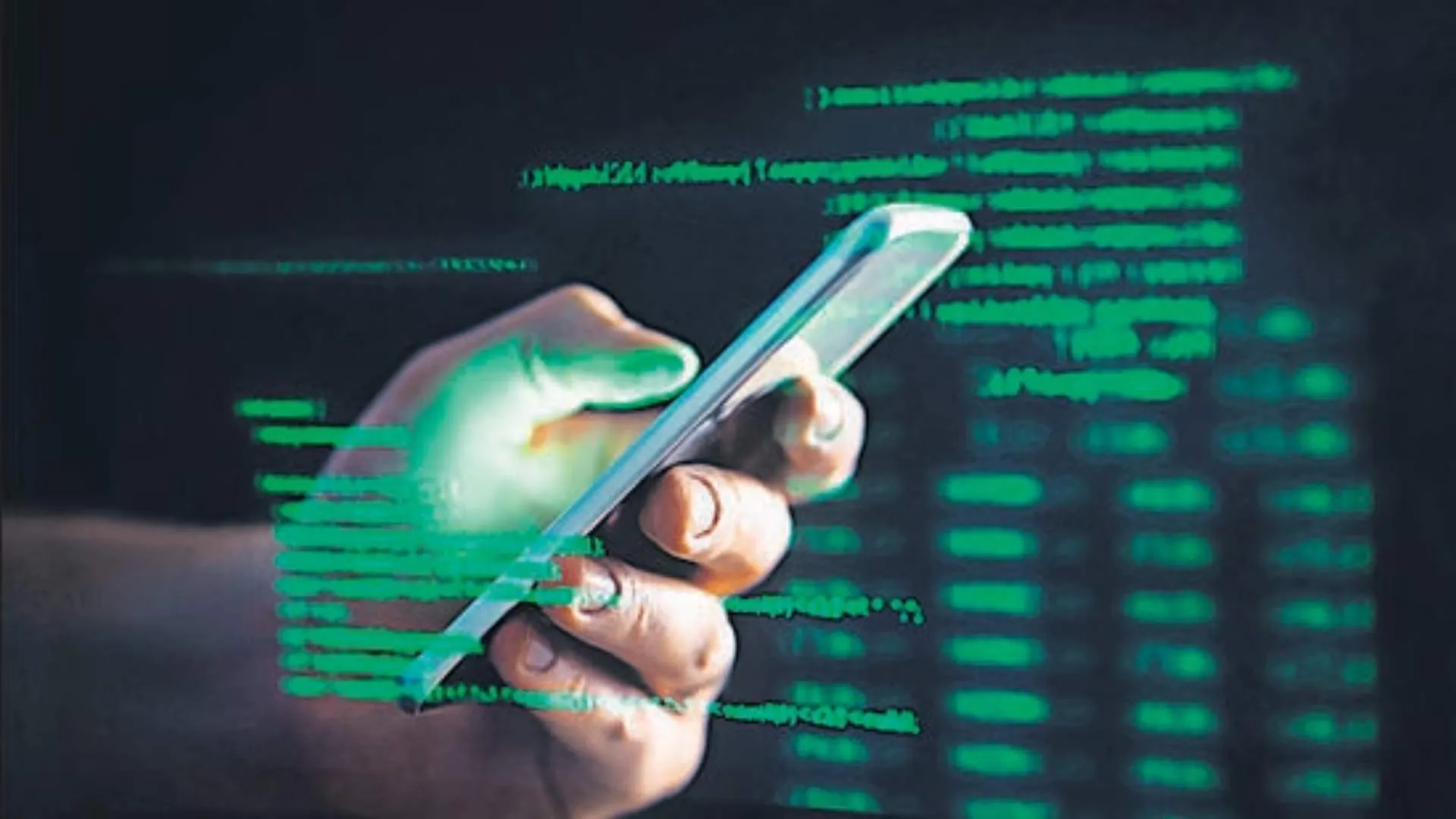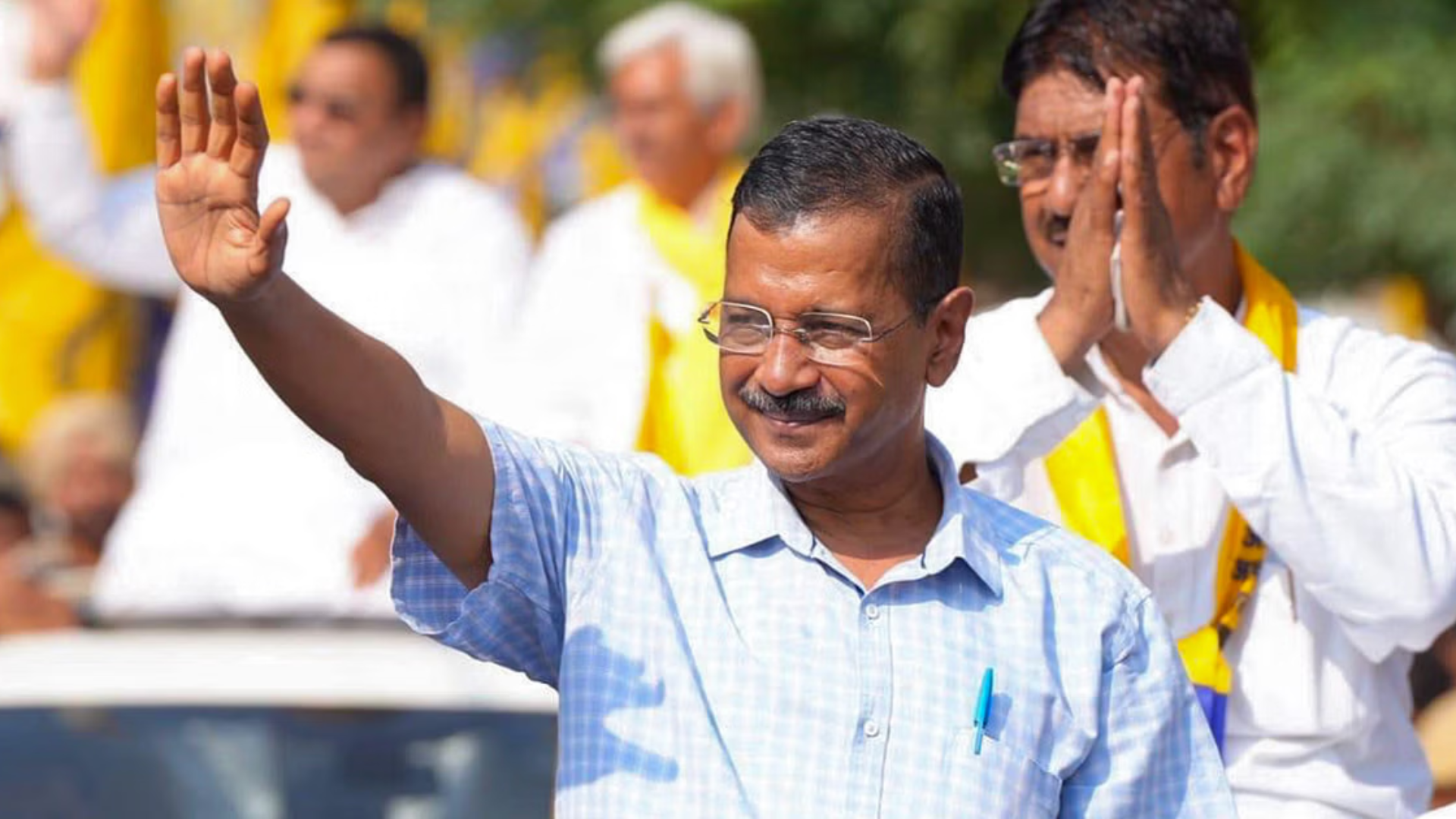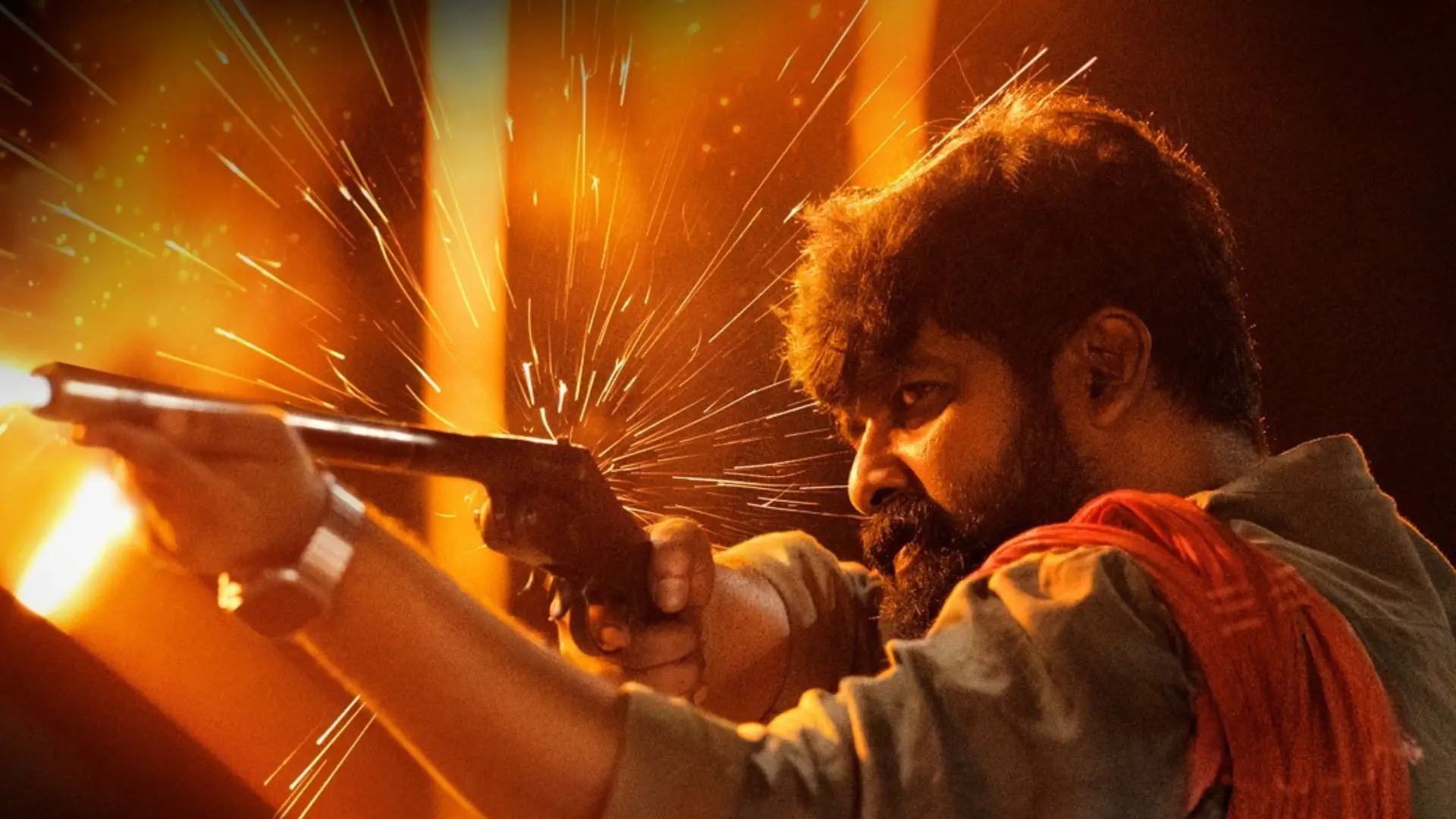On Saturday, South Korea’s political landscape teetered on the brink of crisis as the impeachment motion against President Yoon Suk Yeol appeared to fail. The motion, which was filed by opposition parties holding 192 seats in the 300-member parliament, needed 200 votes to pass but faced a significant roadblock when almost all lawmakers from the ruling People Power Party (PPP) boycotted the vote.
The dramatic events unfolded after President Yoon declared a suspension of civilian rule on Tuesday night, sending troops to parliament in a controversial move. This decision sent shockwaves through the nation and prompted intense criticism both domestically and internationally. However, after much public backlash and resistance from lawmakers, Yoon was forced to reverse his actions, making a public apology for the turmoil he caused.
Despite the apology, which aired in a televised address where Yoon expressed regret for the anxiety and inconvenience caused to the public, the impeachment vote went ahead. The opposition, fueled by anger over the president’s actions, was unable to gather enough votes after the PPP lawmakers walked out of the chamber. Only three PPP members cast their ballots, leaving the session in disarray. The speaker of parliament appealed to the lawmakers to return and fulfill their duty to protect the democracy of South Korea, but the outcome was increasingly uncertain.
Outside parliament, the atmosphere was charged with tension as demonstrators gathered to demand Yoon’s removal. Estimates of the protest numbers varied, with police citing 150,000 participants, while organizers claimed up to one million people were in attendance. The emotional weight of the protests was palpable, with some demonstrators expressing tears and frustration, while others vowed to keep fighting for Yoon’s ouster. “Even though we didn’t get the outcome we wanted today, I am neither discouraged nor disappointed,” said Jo Ah-gyeong, a protester in her 30s. “I’ll keep coming here until we get it.”
Recently, a poll declared the plunging approval ratings of President Yoon to an all-time low of only 13 percent. Criticizing Yoon’s apology, opposition leader Lee Jae-myung called it as “disappointing,” further kindling the anger of South Koreans. Lee added that Yoon’s resignation or removal through impeachment should be the only resolution to the crisis.
With these protests and political uncertainty, police began investigations of Yoon and other leaders for possible inquiries on insurrection. Under a dramatic announcement of martial law, the president instructed soldiers to safeguard the National Assembly building and apprehend leading politicians. The current military involvement in the political deadlock is reminiscent of the painful past of autocracy in South Korea and raises fears of where the country’s democracy will head to in future. U.S. officials, including Secretary of State Antony Blinken, expressed their expectations for the democratic process to prevail.
An explosive political situation, with the impeachment motion shaping the future for governance in South Korea. With the protests erupting and the anger towards him increasing, the pressure on President Yoon to resign intensifies or face dire political and legal consequences. The crucial juncture that marks the journey of democracy in the nation is being covered by the whole world.
ALSO READ: Notre-Dame Cathedral Reopens After Five Years: All You Need To Know



















